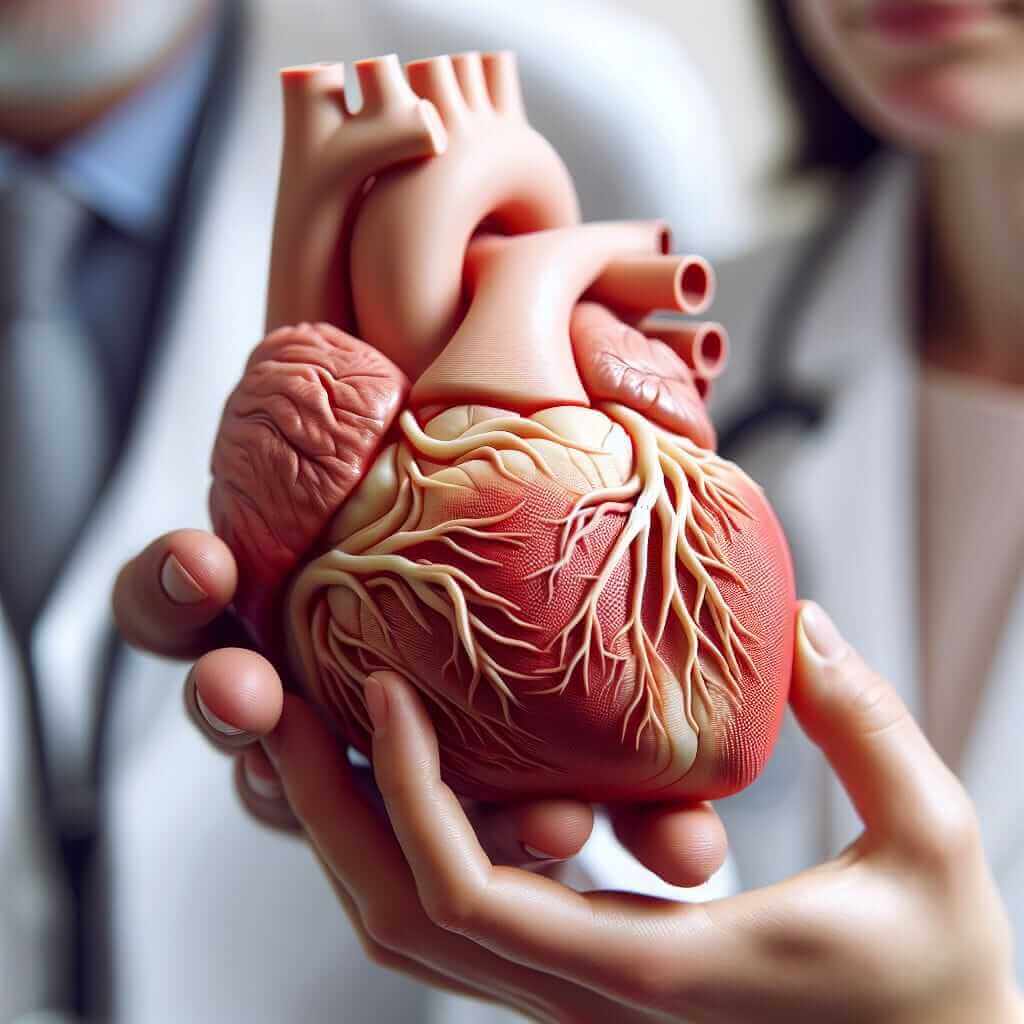The IELTS Reading test is an essential portion of the IELTS exam, comprising various types of texts and questions that evaluate your reading and comprehension skills. A frequent topic that may appear in the Reading test is “How is 3D printing revolutionizing the healthcare industry?”. This theme is not only timely but also widely covered in scientific articles and news reports, making it a relevant and high-frequency subject for IELTS candidates to practice.
Based on historical analysis of IELTS exams and the current relevance of 3D printing in healthcare, it is likely that similar topics will continue to feature in future tests. This guide will help you practice with a sample Reading test, analyzing key elements such as vocabulary, grammar, and question types.
Reading Passage: 3D Printing in Healthcare
Passage (Medium Text)
3D printing, also known as additive manufacturing, is transforming numerous industries, with healthcare being one of the most impacted sectors. From prosthetics to organ transplants, the applications of 3D printing in medicine are expanding rapidly.
Prosthetics and Implants: One of the most notable advancements is in the field of prosthetics. Traditional prosthetics are custom-made and often costly. 3D printing allows for the production of affordable and personalized prosthetic limbs. Moreover, the technology enables innovation in dental implants and hearing aids, providing patients with tailored solutions.
Surgical Planning and Training: Surgeons are using 3D printing to produce precise anatomical models that replicate the organs and tissues of patients. These models aid in pre-surgical planning and training, enhancing surgical outcomes and reducing risks.

Bioprinting and Tissue Engineering: Perhaps the most groundbreaking development is bioprinting, which involves the layer-by-layer deposition of living cells to create tissues and potentially, entire organs. This technology holds the promise of addressing the shortage of organ donors and improving transplant success rates.
Drug Development and Delivery: 3D printing is also revolutionizing the pharmaceutical industry by enabling the production of personalized medicine. This approach can tailor drug dosages specifically to individual patients, thereby optimizing therapeutic outcomes and minimizing side effects.
In conclusion, 3D printing is poised to revolutionize the healthcare industry through its diverse applications ranging from prosthetics to bioprinting. As research and technology advance, the impact of 3D printing on healthcare is expected to grow exponentially, making it a significant area of innovation for the future.
Questions
Multiple Choice
-
What is one of the primary benefits of 3D printing in prosthetics?
A. It is more expensive than traditional methods.
B. It allows for cheaper and personalized prosthetics.
C. It makes prosthetics heavier.
D. It is slower to produce than traditional methods. -
How does 3D printing assist in surgical planning?
A. By creating robotic assistants for surgeries.
B. Through precise anatomical models for pre-surgical planning.
C. By reducing the need for anesthesia.
D. By replacing traditional surgical tools.
Identifying Information (True/False/Not Given)
-
3D printing has improved the production of generic drugs.
True / False / Not Given -
Surgeons use 3D-printed models to enhance training and reduce operational risks.
True / False / Not Given
Matching Headings
Match the following headings to the correct paragraphs (A-D):
- 3D Printing in Prosthetics and Implants
- The Role of 3D Printing in Surgical Planning and Training
- Advancements in Bioprinting and Tissue Engineering
- 3D Printing in Drug Development and Delivery
Sentence Completion
Complete the sentences below with NO MORE THAN TWO WORDS from the passage.
- Prosthetics created using 3D printing are both __ and personalized.
- Bioprinting has the potential to solve the __ of organ donors.
Answer Key and Explanations
Multiple Choice
-
B. It allows for cheaper and personalized prosthetics.
- Explanation: The passage mentions that 3D printing allows for the production of affordable and personalized prosthetic limbs.
-
B. Through precise anatomical models for pre-surgical planning.
- Explanation: The passage states that surgeons use 3D-printed models for pre-surgical planning and training.
Identifying Information
-
Not Given
- Explanation: The passage does not mention the production of generic drugs.
-
True
- Explanation: The passage clearly states that surgeons use 3D-printed models to enhance surgical outcomes and reduce risks.
Matching Headings
- A
- Explanation: The paragraph describes the advancements in prosthetics and implants.
- B
- Explanation: The paragraph discusses the use of 3D printing in surgical planning and training.
- C
- Explanation: The paragraph elaborates on bioprinting and tissue engineering.
- D
- Explanation: The paragraph explains how 3D printing is used in drug development and delivery.
Sentence Completion
- affordable
- shortage
Common Mistakes in Reading Comprehension
- Misinterpreting the Question: Ensure you understand exactly what the question is asking. Keywords and instructions are crucial in determining the correct answer.
- Overlooking Specifics: Pay attention to specific information in the text, such as dates, numbers, and names.
- Time Management: Allocate enough time to read the passage thoroughly before answering the questions.
Vocabulary
- Prosthetics (noun): /prəˈsθetɪks/ – Artificial devices that replace missing body parts.
- Implants (noun): /ˈɪmplænts/ – Devices inserted into the body during surgery.
- Bioprinting (noun): /ˈbaɪoʊˌprɪntɪŋ/ – The use of 3D printing technology with biomaterials to produce tissues and organs.
Grammar Insights
- Relative Clauses: Used to add extra information about nouns, e.g., “3D printing, which is transforming the healthcare sector, allows for…”
- Passive Voice: Often used in scientific texts to emphasize the action over the subject, e.g., “Organs are being created through bioprinting.”
Advice for High Reading Scores
- Practice Regularly: Consistent practice with sample tests enhances speed and accuracy.
- Expand Vocabulary: Knowing a broad range of vocabulary aids in better comprehension and precise answers.
- Skim and Scan: Develop skimming and scanning skills to quickly locate information in the text.
- Understand Question Types: Familiarize yourself with different question types (True/False/Not Given, Matching Headings, etc.) to approach them with appropriate strategies.
Good luck with your IELTS preparation! Stay disciplined and make the most out of every practice session.